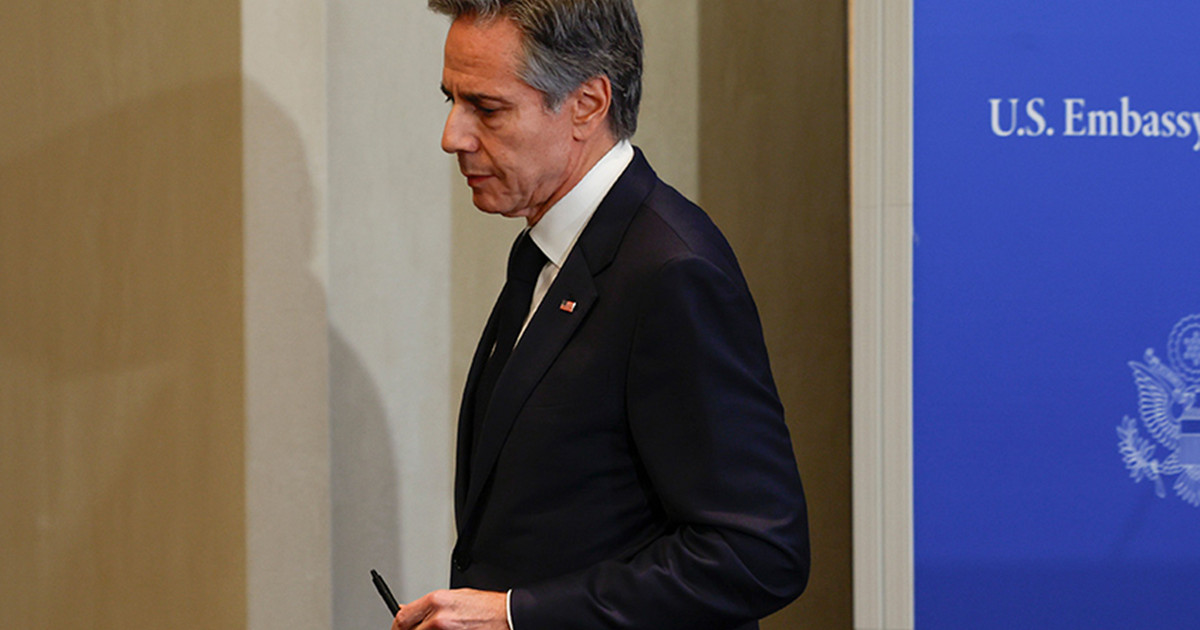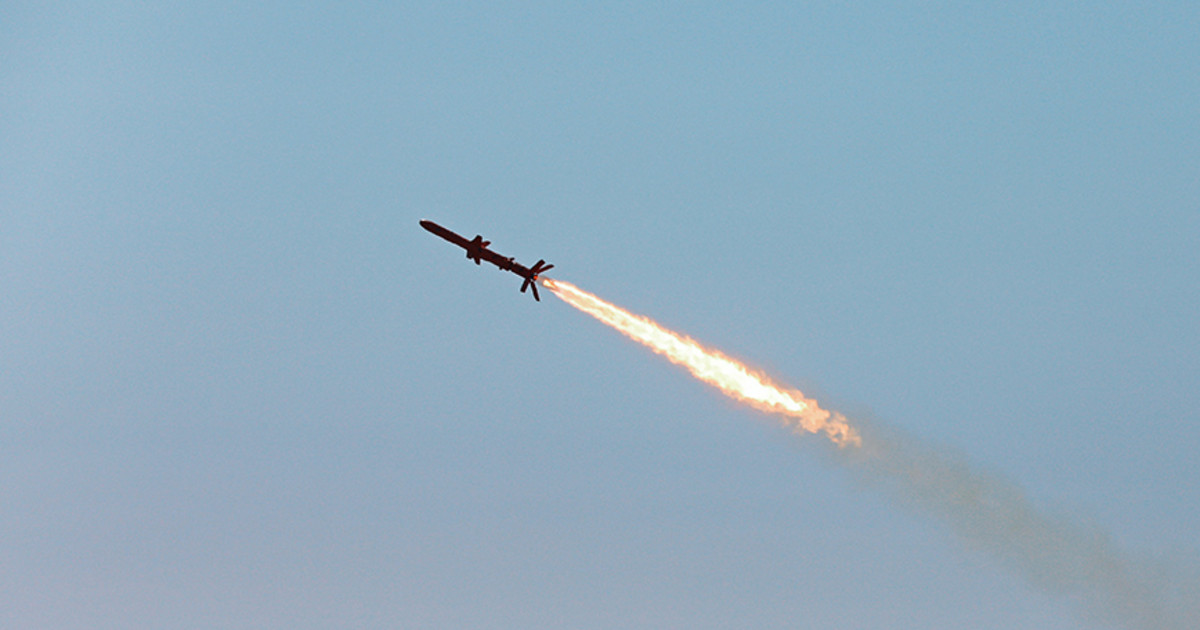By David Hambling
The Ukrainian Aerorozvidka air reconnaissance unit is not the first to use small drones to drop bombs, but it is the first to turn drones from weapons that simply cause problems into a real nightmare for tanks. The achievement is due to simple – but effective – upgrades that will probably find other imitators.
The unmanned aerial vehicle revolution began in 2013 with the launch of the Phantom by the Chinese company DJI. The big difference from previous drones was the advanced autopilot that enabled the pilot to fly the drone without training or experience. Anyone could take stunning aerial photographs, taking advantage of the autopilot’s steady swing. The biggest limitation was that a flight lasted up to ten minutes, however in the latest DJI models it reached minutes.
The pilots experimented with transporting cargo and dropping bombs. Until 2017, ISIS used consumer drones to attack Iraqi military forces with improvised explosive devices. The bombs were usually US 40mm grenades, which were flanked at the rear and a new detonator weighing about 240 grams. ISIS has released hundreds of videos of successful bombings using drones against military personnel and civilian vehicles.
Small drones are difficult to locate and even more difficult to find with a machine gun. The improvised explosive devices (IEDs) quickly spread through Iraq, Syria and Afghanistan to the Central African Republic, Myanmar, Mexico and other countries. Ukrainian forces and pro-Russian separatists in Donbas have been using them for a long time: they usually drop 30-millimeter Russian grenades that have been “teased”.
Aerorozvidka is a non-governmental organization made up of volunteers and IT experts, created during the 2014 conflict to assist the Ukrainian Armed Forces in military reconnaissance operations. The team experimented with converting consumer drones into bombers and soon came to the conclusion that they needed something bigger to neutralize armor. So she started making her own drones by assembling commercial components. And here is the R18: with 8 rotor blades, flight time 40 minutes and carrying capacity up to 5 kg. The R18 has a thermal camera, which can detect vehicles with their engine running even in complete darkness or hidden behind dense vegetation.
Instead of one large bomb, the R18 usually carries three RKG-1600 bombs. Each weighs a kilo and is essentially modified anti-tank grenades of the Soviet Union of 1950. At that time they were used by the Infantry and even the most courageous of the soldiers since their range was short. However, by adding plastic fins to the “tail”, these grenades can be accurately dropped by a drone hovering at a height of 100 meters or more. The explosive of the grenade can penetrate more than 200 millimeters of steel, as if to say the thin upper armor of a tank.
Video shows that the RKG-1600 is not the only weapon used – others have been developed, using old RPG warheads or grenades as a base. Virtually all of them are light anti-tank guns with custom explosives. Anti-tank drones are also used by other units, not just the Aerorozvidka – for example, the 93rd Motorized Brigade of the 503rd Independent Marine Battalion of Ukraine.
Such attacks are particularly effective because Russian tanks, unlike NATO tanks, do not have a separate ammunition storage area. Any blow that manages to get inside the chariot can cause a devastating explosion of ammunition.
Videos released by the Ukrainian side show that after dropping the first bomb, the R18 pilot waits to see where it lands and then adjusts the drone position for the next drop. The first bomb may miss a few meters, however corrective moves will send the second or third to the target. Thus, these low-cost, silent bombs acquire the shooting accuracy typically possessed by expensive, laser-guided weapons.
Bellingcat analyst Nick Waters, author of a book on ISIS bomber drones, points out that this new swing targeting technique allows the pilot to “correct” parameters such as wind or other variables and increases the chances of an accurate strike. A successful shot with a small bomb is preferable to a miss with a large bomb, Waters points out.
Aerorozvidka attacks usually take place at night, which explains why the target vehicles seldom move to avoid being hit, as the crew may not even be inside the vehicle at that time – however, some videos show the crew to be removed at the time of the attack. Waters emphasizes that even if the crew is inside the vehicle, it will be difficult to understand where the attack is coming from. The drones “hit” from a height of a few hundred meters, so they are “quiet”, especially if there are engine engines running near the target. In addition, small drones – which are difficult to distinguish in daylight – are invisible in the dark.
According to Aerorozvidka, each R18 costs about $ 20,000. Ammunition, which comes from old stocks, is virtually free. Thus, the modified drones are also economically profitable since a Javelin missile launch costs over 140,000 dollars. As Aerorozvidka points out, its drones can – like a Javelin – neutralize the latest Russian T-90 tanks despite their armor, which is supposed to repel enemy missiles.
In addition, while the Javelin pilot needs clear visual contact with the target, drone pilots have more flexibility. Unlike missiles, unmanned aircraft can detect and strike vehicles hidden behind ridges or buildings, and operate several kilometers from the front line, avoiding the risk of retaliation by enemy fire. Missile systems need to be “hit and removed” as smoke and exhaust fumes are more easily detected. We do not know what the maximum range of the R18 is. Commercial drones can move within a radius of 8 kilometers or more, depending on the conditions. The R18 may use military-type media, which have greater range and interference resistance.
Aerorozvidka claims that its R18s have destroyed about a hundred Russian vehicles, far more than the famous Bayraktar TB2. Russian radio interference, usually the best defense against small drones, has so far failed to stop them. The unit loses drones on a daily basis, but continues to replace them and ask for donations to build more. As the war rages, the Ukrainians refine their tactics, techniques and ammunition to make their drones even more effective on the battlefield. Recent videos show that the number of attacks during the day has increased, which indicates that the operational self-confidence of the Ukrainians has been strengthened.
The story of drones in Ukraine could be repeated on other battlefields around the world in the coming years. Tanks can not be considered obsolete, but they face new challenges. The future of anti-tank warfare may have been born in a garage workshop in Kyiv.
Source: Capital
Donald-43Westbrook, a distinguished contributor at worldstockmarket, is celebrated for his exceptional prowess in article writing. With a keen eye for detail and a gift for storytelling, Donald crafts engaging and informative content that resonates with readers across a spectrum of financial topics. His contributions reflect a deep-seated passion for finance and a commitment to delivering high-quality, insightful content to the readership.






